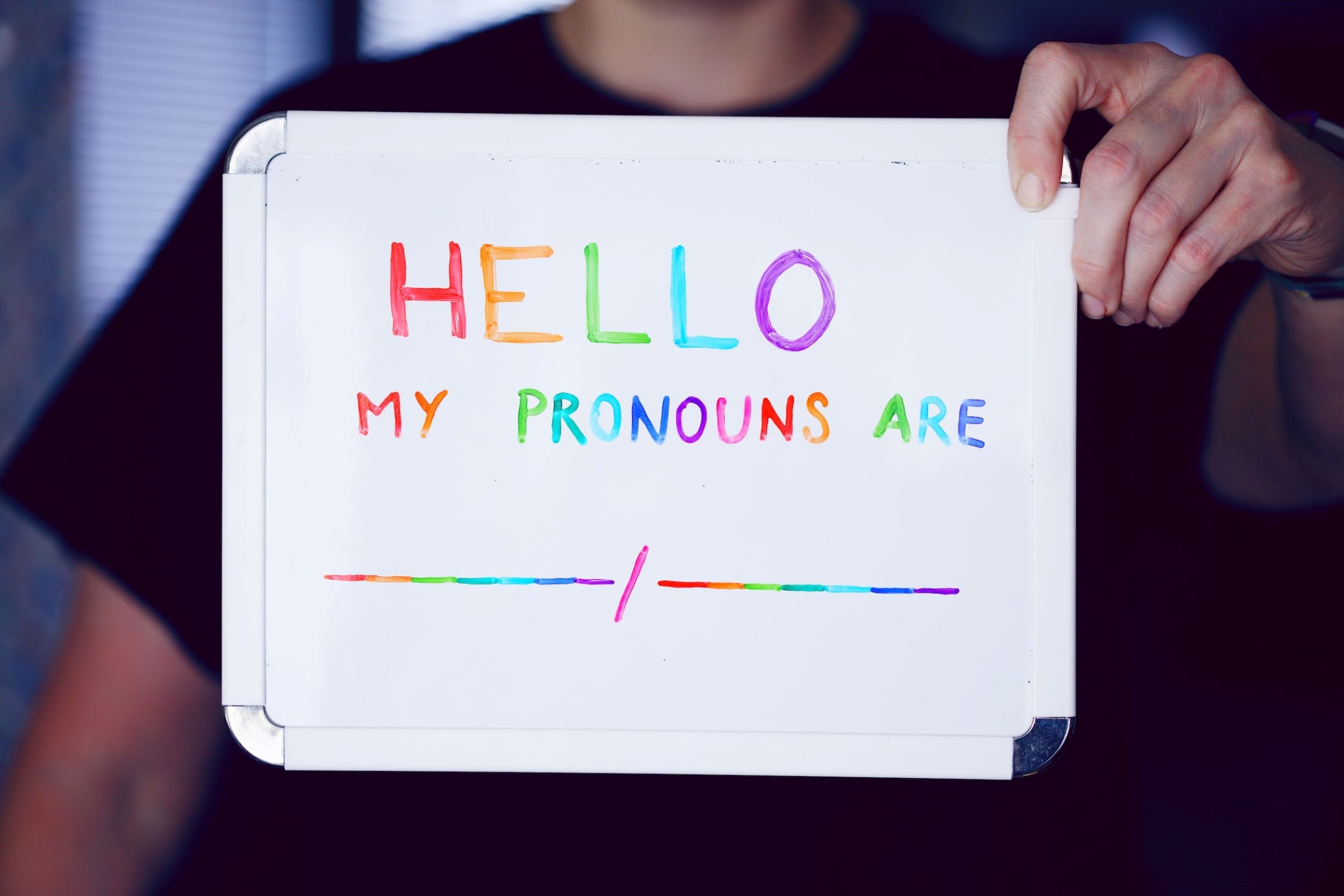Nonbinary Representation
Normalizing representation as identities evolve
The publishing industry is adapting to the times, though in some ways, they are not adapting as well as they could be. Nonbinary representation in children’s books is one area that currently demands more attention from publishers. More and more kids are coming to understand that not everyone goes by the standard she/her or he/him pronouns, but instead use other pronouns like they/them. However, the lack of nonbinary characters in young literature is causing some problems with kids in school.
In an article on the subject, Evan McMorris-Santoro and Meridith Edwards write about a study on adults who don’t see young queer people as they are. Specifically, they state, “Many of the identities the students in the study use are often absent from forms and surveys given to them, which is especially concerning given the high rates of depression and bias-based bullying experienced by many students, particularly those who identified as pansexual, nonbinary or transmasculine.” Having books that have this representation can show children not in the LGBTQIA+ community that kids who identify as queer are no different than them. By normalizing these identities for younger generations, it can potentially encourage understanding. With a decline of bias-based bullying, there could also be a lower risk of suicide in LGBTQIA+ youth. According to The Trevor Project, transgender and nonbinary people are “2 to 2.5 times as likely to experience depressive symptoms, seriously consider suicide, and attempt suicide compared to their cisgender LGBQ peers.”
One way to help normalize nonbinary people in literature is to have more human characters who do not express one gender over the other. Instead, authors make nonbinary characters nonhuman. Christine Prevas points out that most nonbinary characters in popular media are also nonhuman in their article by saying “when the only non-binary characters in media are aliens, robots, and monsters, we tacitly assert that the non-binary people in our lives are unnatural, that there is something inherently inhuman about their existence.” This fact explains why a lot of people see nonbinary individuals as inhuman, which can alienate them from society. Prevas adds to this by later stating: “It shows that there is nothing inherently alien, monstrous, or unnatural — ‘inhuman’— about an identity that doesn’t fall in line with the gender binary.” This conflation is ridiculous, but common practice. This “inhuman” view stems from the fact that, in almost every piece of fiction published where there is a question about a character’s gender, it is always answered by saying that the character is a boy or a girl. However, when it is not answered outside of the binary, it is answered only using the character’s race or occupation. Prevas uses the example of Our Dark Duet where Soro, a Sunai monster, answers the question of gender with “I’m a Sunai,” leaving their gender irrelevant. Prevas also includes an example from their own life when someone came into the library where they work and asked them their gender. Prevas only responded, “I’m a librarian. Can I help you find something?” because they didn’t know how to respond to the question.
Given the information that has been presented this far, there is a solution to the lack of representation: write more nonbinary people in books. This, however, becomes a problem when an author tries to write about a nonbinary person (or someone else in the LGBTQIA+ community) only to make the character flat. Eris Young dives into this a little in their article “Six tips for writing genderqueer and nonbinary characters,” which helps authors write a more diverse cast of characters. When they talk about people being more than their pronouns, Young states: “It’s really easy to write a gender-variant (trans, genderqueer or otherwise engaging unconventionally with gender) character and have them end up being one-dimensional, completely defined by their gender.” This brings up a good point: people are more than what they identify as, and a lot of authors who write gender non-conforming characters make their gender identity all the character is and can be.
Having more representation in books is excellent. As a society, we need to continue to do this. However, representation will not stop people from trying to tell kids that they should not leave the gender binary. A.J. Sass explores this in their article “I'm a Nonbinary Writer of Youth Literature. J.K. Rowling's Comments on Gender Identity Reinforced My Commitment to Better Representation.” The article focuses on J.K. Rowling's comments on gender identity, specifically how “transgender people are confused or misguided about their gender.” Rowling has played a significant role in Sass’s life. Growing up, they read all of the Harry Potter books, just like other children around the world. However, with these tweets and essays on her website, a lot of people have chosen to take a step back from Rowling and her work. To further fuel the fire, Rowling has assumed the name Robert Galbraith, a well-known anti-LGBTQIA+ psychiatrist, for a mystery series that features cross-dressing serial killer. This causes more damage to kids trying to find their identity. In fact, it seems to push a larger wedge between the two viewpoints of inclusion in young readers' books with Rowling being such an influential writer.
How people identify in today’s world is evolving. This is not surprising to younger generations, because they are the ones who are primarily pushing for it. However, the publishing world is not helping to normalize those breaking away from the gender binary. Once the industry starts pushing the boundaries, it can help a lot of young people find who they are by offering characters who look and act like them.
Amanda Kresge (’23) graduated with a creative writing and publishing and editing double major with a minor in film studies. Their preferred genre is fiction, specifically the short story form, where they focus on writing crime stories. They are also a content writer for Susquehanna University’s chapter of Her Campus magazine.


